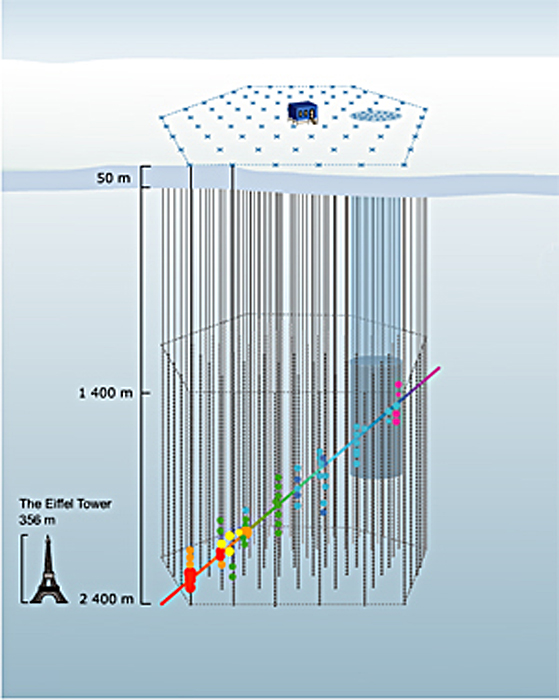
An article in today’s New York Times describes new websites from NASA and from USGS, showing high-resolution imagery of Antarctica. Check it out now before it all melts away!
I have some quibbles with the operation of the USGS site (the Java applet behaves a little oddly, provides effectively no information about the location displayed, and shows a map of Antarctica surrounded entirely with white), but it holds promise. And the NASA site has some spiffy stuff…
The image above comes from the “Antarctic Mysteries” game, which presents several unidentified photos for the viewer to identify. As a “game,” well, it’s not the most compelling, but I imagine I’m not the only person who looks at the grid of pictures, wonders what such-and-such might be, then clicks on the link to find out. Abstract and unusual, the images seem quite compelling.
What I truly admire, however, is the little extra info that the site provides about each image. For example, the feature above is about 25 kilometers across, located at 79°S, 80°W. Even better, the description includes a note: “This image appears darker than bright white snow because it has been enhanced to make slight contrasts in the snow more visible.” Excellent! Now, that wasn’t so hard, was it? One itsy-bitsy little extra line of text? Good work, NASA!


